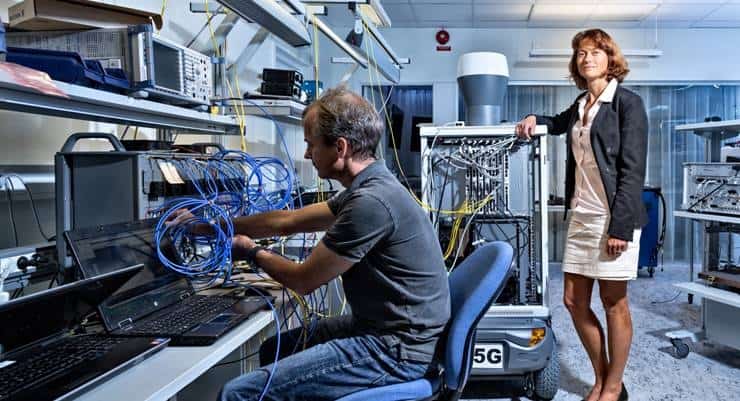As research and development on the 5G technology gains momentum with strong backing from major service providers such as Verizon, SK Telecom, KT and NTT Docomo, a new consortium, Xhaul takes the lead to define and develop an integrated fronthaul and backhaul network solutions for 5G. The Xhaul consortium which consists of about 21 partners, including leading mobile operators and major telecoms vendors is part of the European H2020 5G Public-Private Partnership (5G PPP) Infrastructure.
The consortium members include Ericsson, Nokia Networks, NEC, Telecom Italia, Orange and Telefonica.
The objective of the project is to provide connectivity and data transport in the 5G radio access network, where the fronthaul connects 5G antennas with base stations and the backhaul connects base stations with the operator's core network. This solution aims at flexibly interconnecting distributed 5G radio access and core network functions, hosted on in-network cloud infrastructures. Xhaul is defined as the common flexible transport solution for future 5G networks, aimed at integrating the fronthaul and backhaul networks with all their wire and wireless technologies in a common packet based transport network under an SDN-based (software defined networks) and NFV-enabled (network functions virtualization) common control.
According to Xhaul, the new approach will greatly simplify and accelerate network operations, reduce the network cost, and enable system-wide orchestration and optimization for enhanced Quality of Service (QoS) and energy saving, as well as the development of network-aware applications. Current approaches employing C-RAN (Centralized Radio Access Network), where the base station functionality is statically split between radio heads and baseband processing units connected together via a fronthaul network, come at the expense of increased transport network heterogeneity, complexity and limited flexibility to optimize for different Key Performance Indicators (e.g. capacity, latency, energy) in different network and service contexts.


















